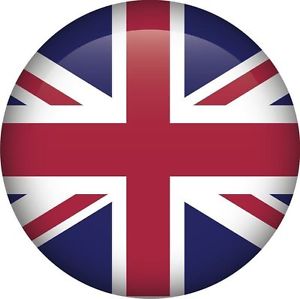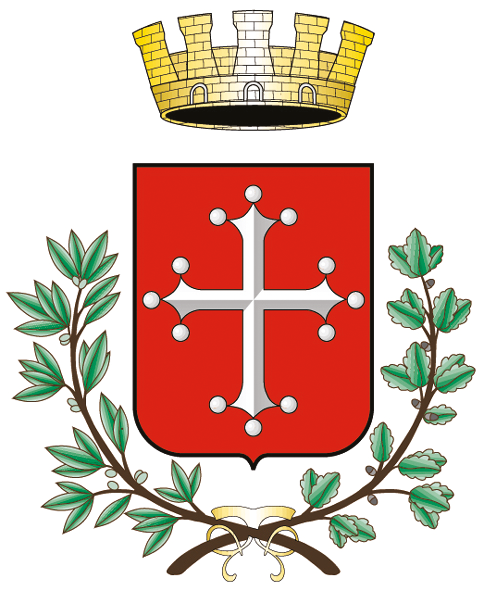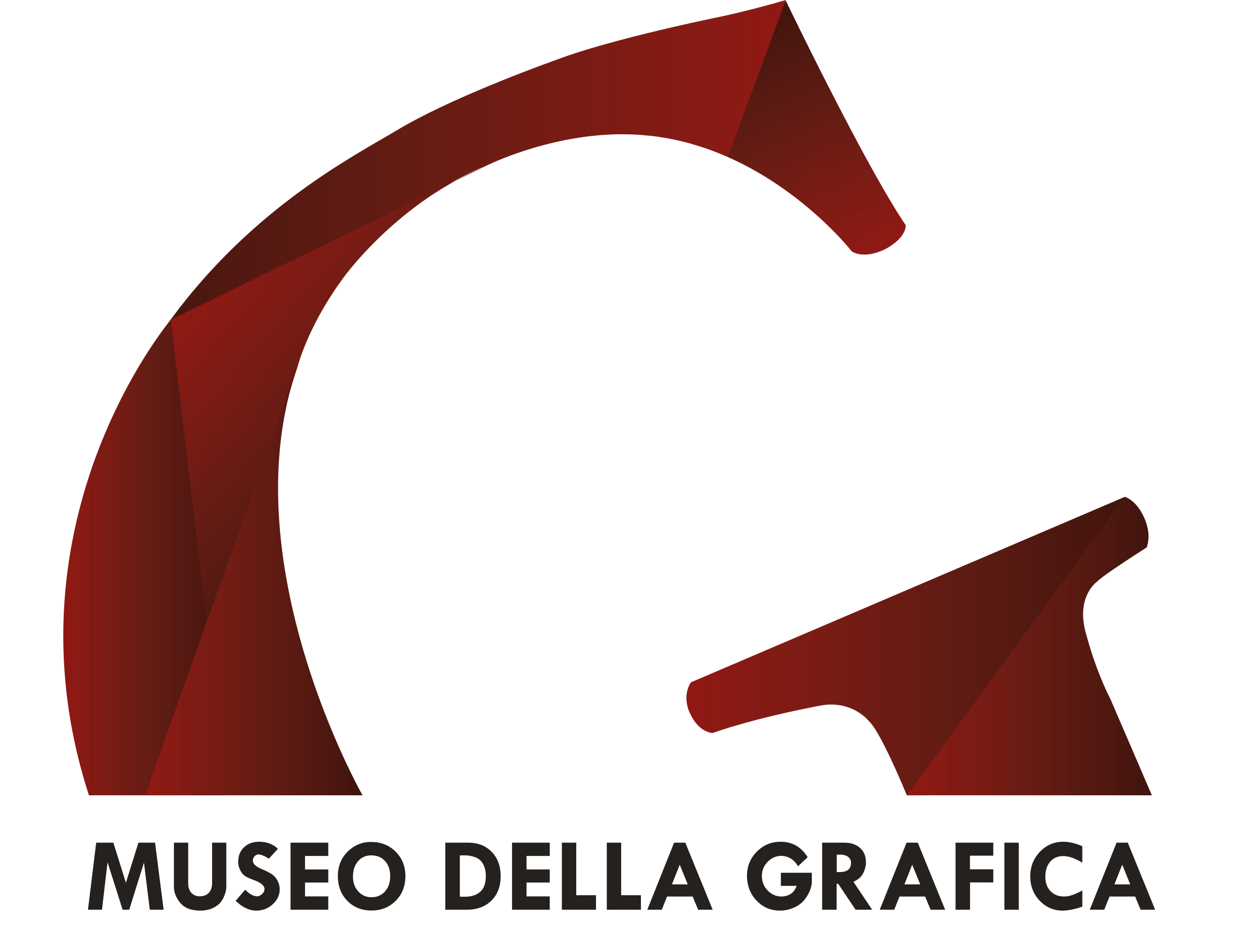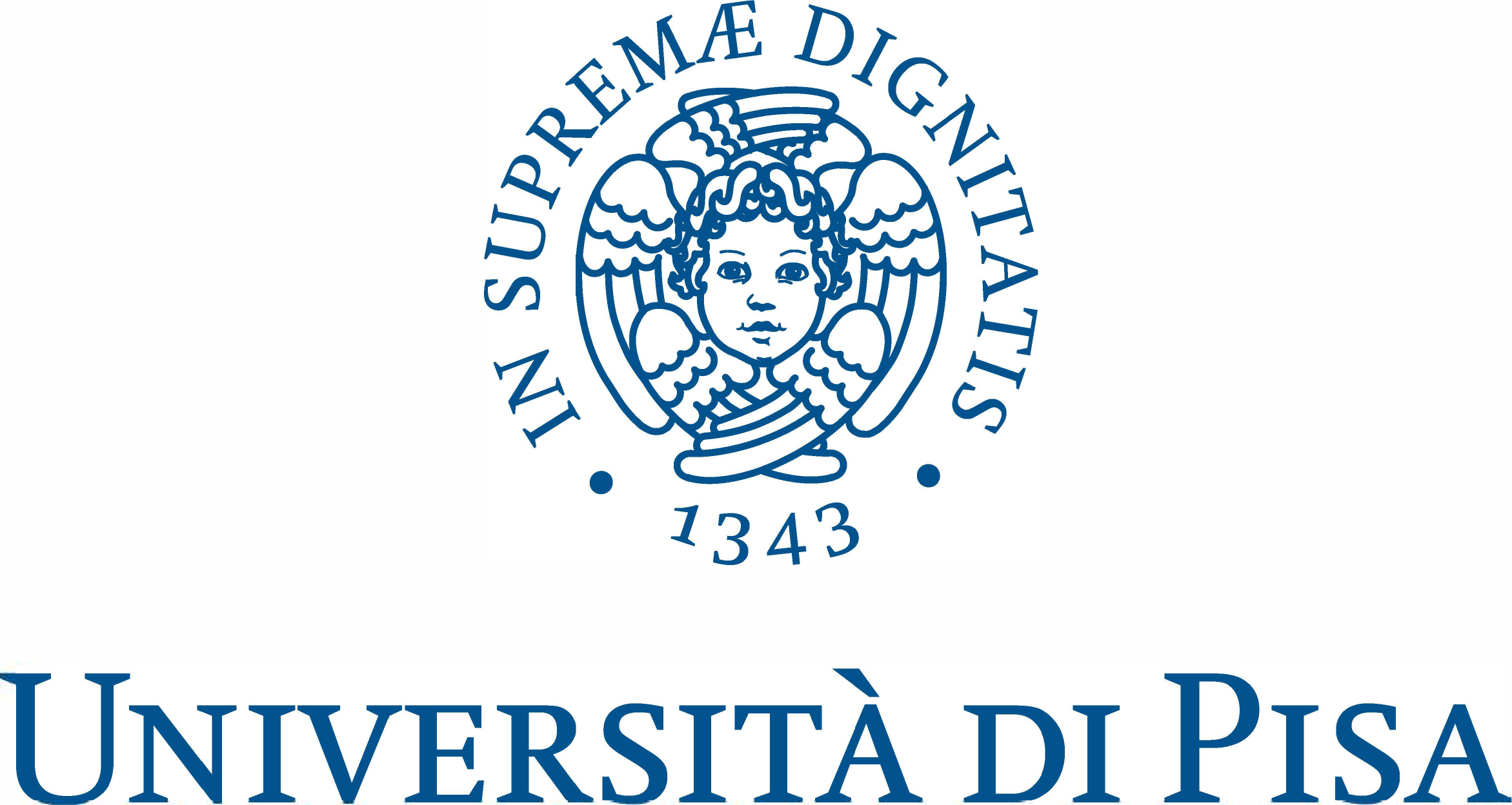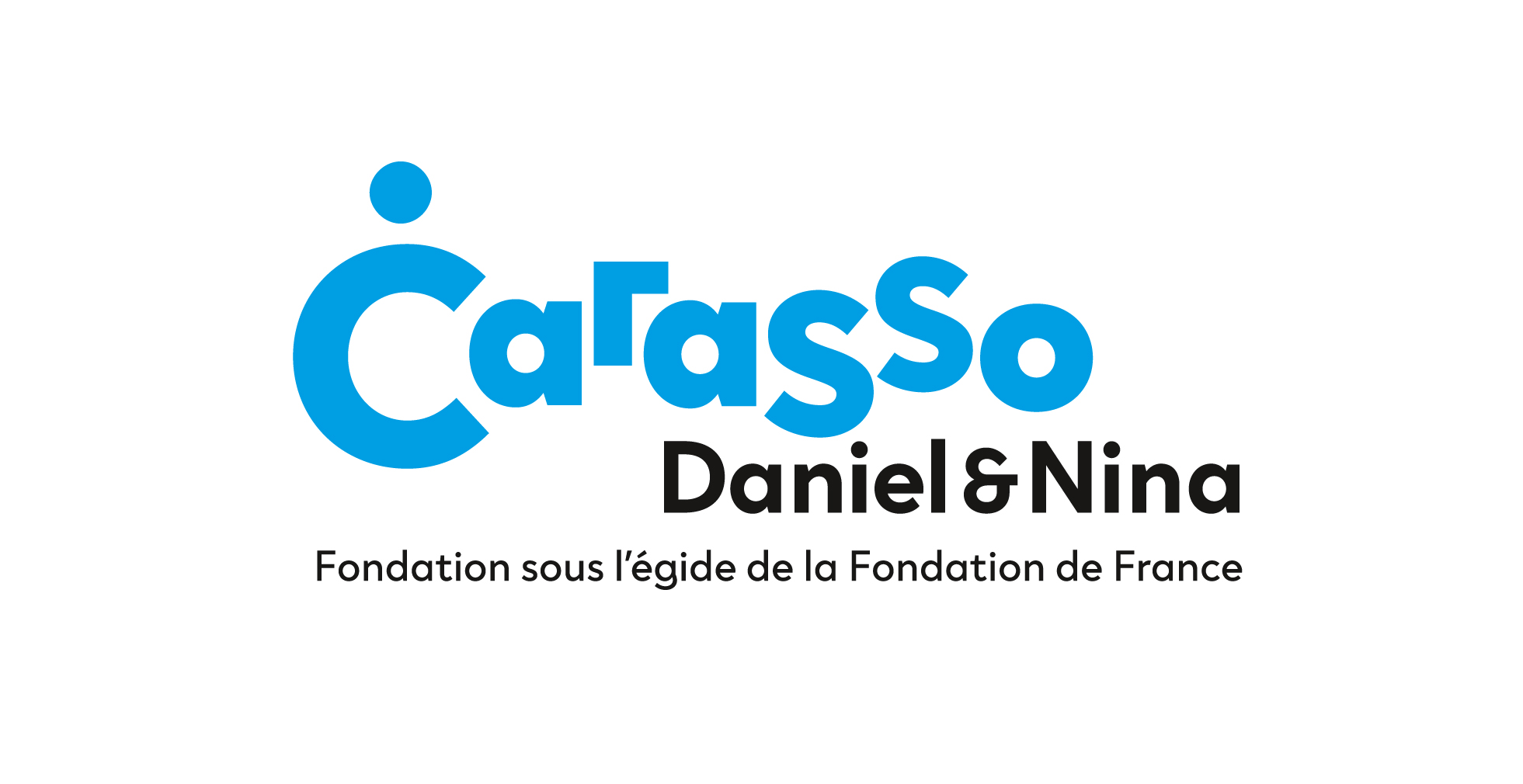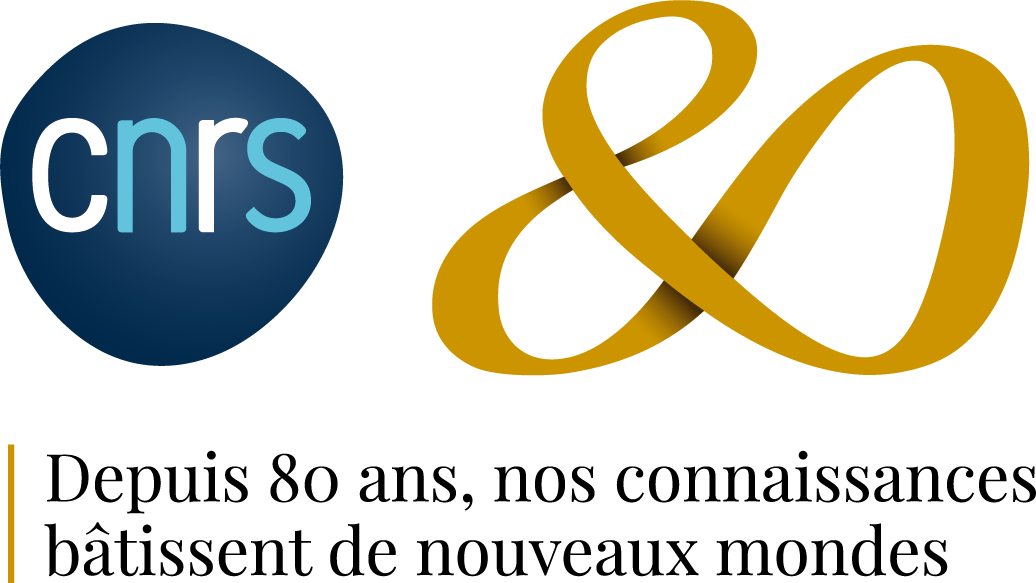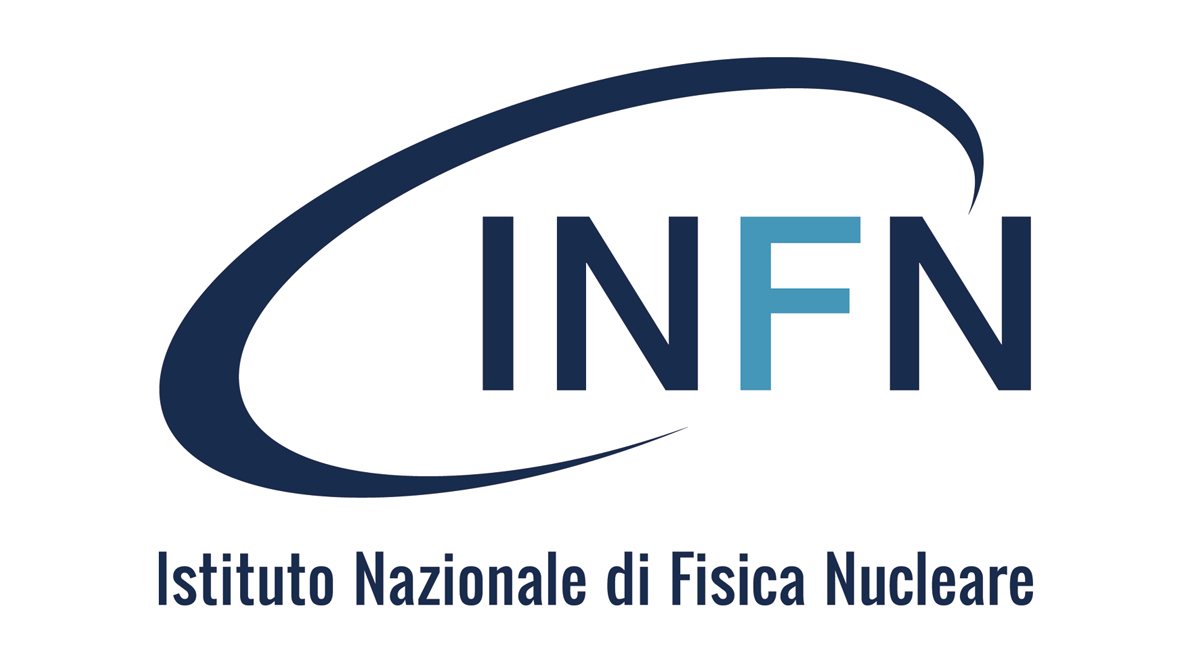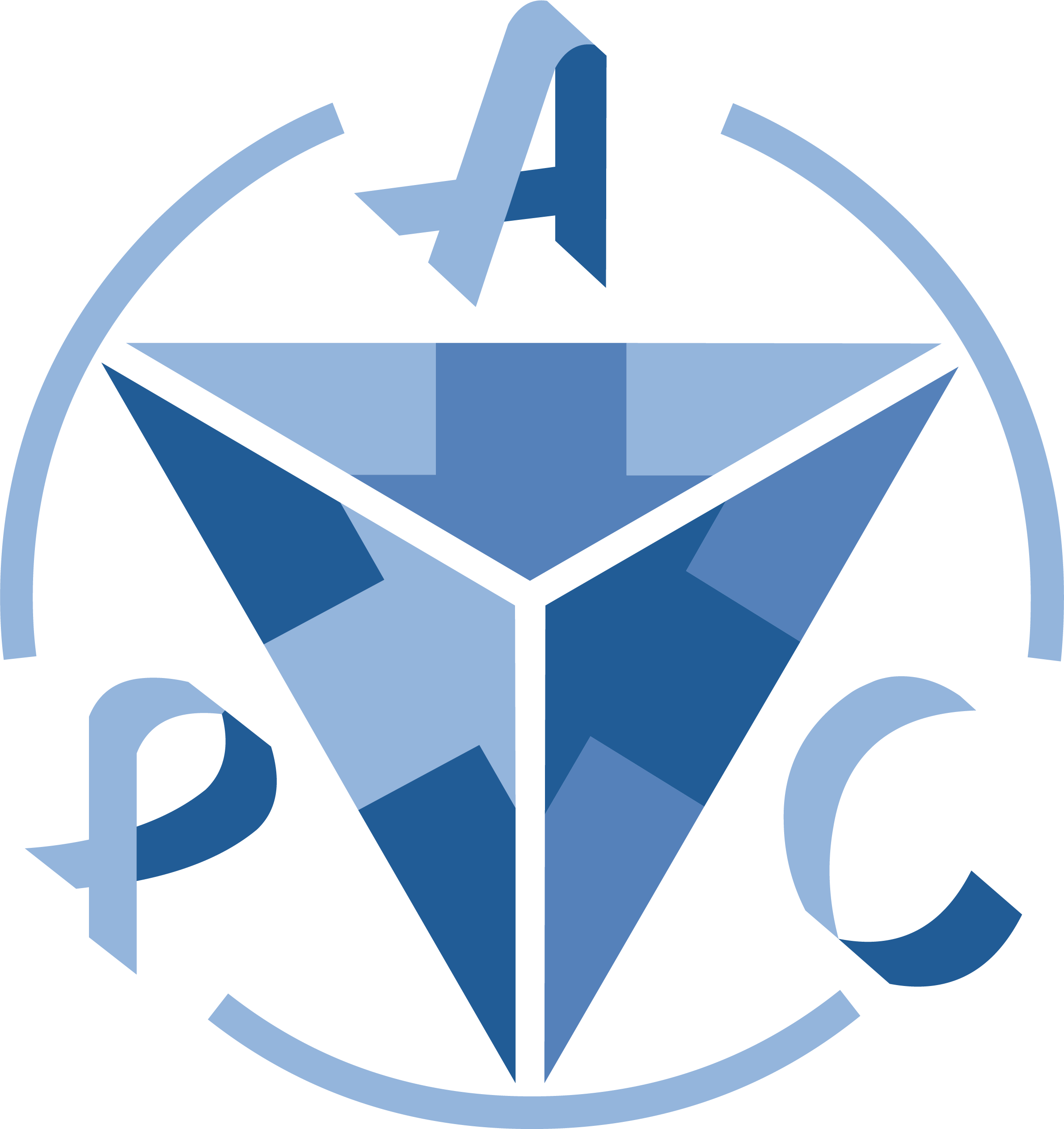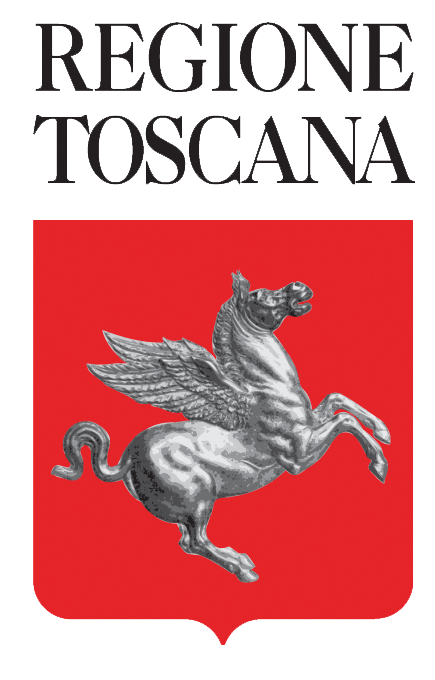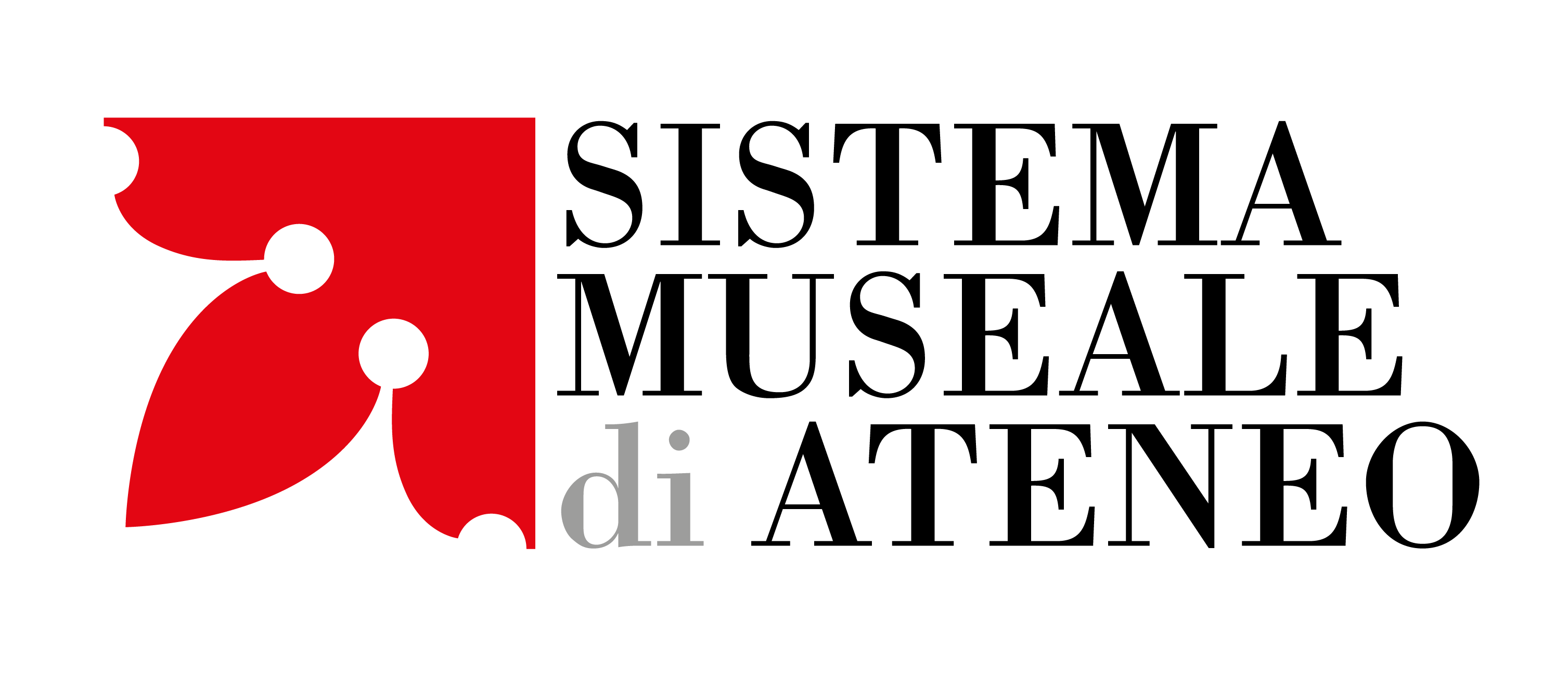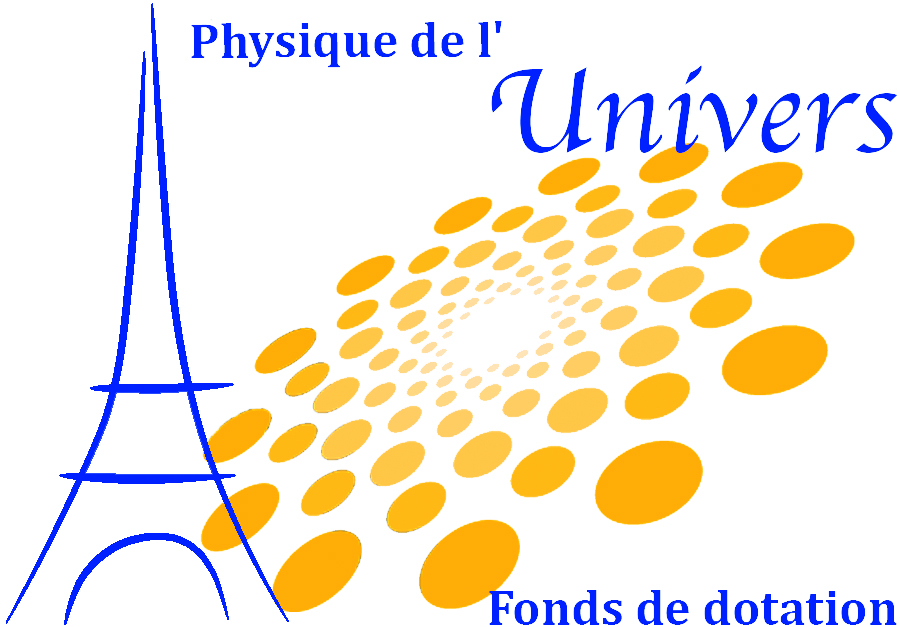Works
Virgo Mirrors
In order to construct a three or four kilometre interferometer we needed large mirrors and very pure materials, with industrial processes of a level that might have seemed like science fiction, at the time … But three points are particularly important: the effective length of the arms, laser stability and mirrors.
One of Virgo’s most daring challenges was, in fact, the manufacture of mirrors … It was a continuous tension towards absolute purity, a struggle against the smallest imperfection. To begin with, the mirrors we use are not metallic, like those we have at home or those that are adopted in astronomy for telescopes, but are made up of pure quartz crystals, profiled with very high precision and coated with a thin layer called coating.
Following this treatment, a mirror of this type is perfectly (or almost) reflective on one side and transparent on the other. Creating high-level coatings is, at the same time, a very sophisticated science as well as an art. A group led by the French physicist Jean-Marie Mackowski, an affable person and of great rectitude, a true gentleman took care for it, for our collaboration. In Lyon he had organized a laboratory called LMA, Laboratoire des Matériaux Avancés, in which there were large machines capable of vacuum-depositing layers of tantalum pentoxide and quartz alternately – this was the structure of the coating – by means of a technique called sputtering. It is not important to know the details, suffice it to say that they were the best coatings in the world. The LIGO mirror coating was also made there.
Adalberto Giazotto
The hidden music of the Universe
Virgo Mirrors
Per costruire un interferometro di tre o quattro chilometri c’è bisogno di specchi di grandi dimensioni e di materiali purissimi, con lavorazioni industriali di un livello che poteva sembrare da fantascienza, allora… Però tre punti sono particolarmente importanti: la lunghezza effettiva dei bracci, la stabilità del laser e gli specchi.
Una delle sfide piú ardite di Virgo è stata, infatti, la fabbricazione degli specchi… È stata una tensione continua verso la purezza piú assoluta, una lotta contro la piú piccola imperfezione. Tanto per cominciare gli specchi che usiamo non sono di tipo metallico, come quelli che abbiamo in casa o quelli che si adottano … in astronomia per i telescopi, ma sono costituiti da cristalli purissimi di quarzo, profilati con altissima precisione e rivestiti da un sottile strato detto coating.
In seguito a tale trattamento, uno specchio di questo tipo è perfettamente (o quasi) riflettente da un lato e trasparente dall’altro. Realizzare coatings di alto livello è, al tempo stesso, una scienza molto sofisticata e un’arte. A occuparsene per noi era un gruppo guidato dal fisico francese Jean-Marie Mackowski, una persona affabile e di grande rettitudine, un vero gentiluomo. A Lione aveva organizzato un laboratorio che si chiamava LMA, Laboratoire des Matériaux Avancés, in cui c’erano grandi macchine capaci di depositare sotto vuoto strati di pentossido di tantalio e quarzo alternativamente – era questa la struttura del coating – per mezzo di una tecnica detta sputtering. Non è importante conoscerne i dettagli, basti sapere che erano i migliori coatings al mondo. Anche il coating degli specchi di LIGO è stato realizzato lí.
Adalberto Giazotto
La musica nascosta dell’Universo

MUSEO DELLA GRAFICA
Palazzo Lanfranchi
Lungarno Galilei, 9
56125 Pisa - Italia
https://museodellagrafica.sma.unipi.it/
Open Hours
Monday - Sunday: 9am – 8pm
Follow
Key words for social share
@ego_virgo @CNRS @INFN_ @IN2P3_CNRS @APC_Laboratory @art_citoyen #GravitationalWaves #Ondegravitazionali #Blackholes #ArteScienza #RitmoSpazio19 #Spazio #Contemporaryart #Marconi #ComunediPisa #Unipi #MuseodellaGrafica
EGO-Virgo
Via E. Amaldi
56021 Cascina - Italia
https://www.ego-gw.it/
Sponsored by:

